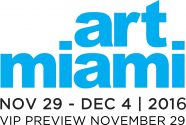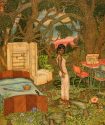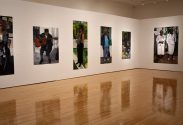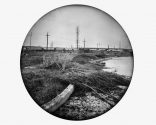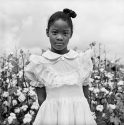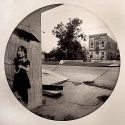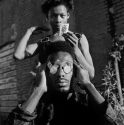“Art in Review; Deborah Luster and C.D. Wright”, The New York Times
Armed with nothing but a camera, Deborah Luster gained access in 1998 to the East Carroll Parish Prison Farm in Transylvania and spent the next three and a half years taking pictures of inmates there and in two other Louisiana state prisons.

